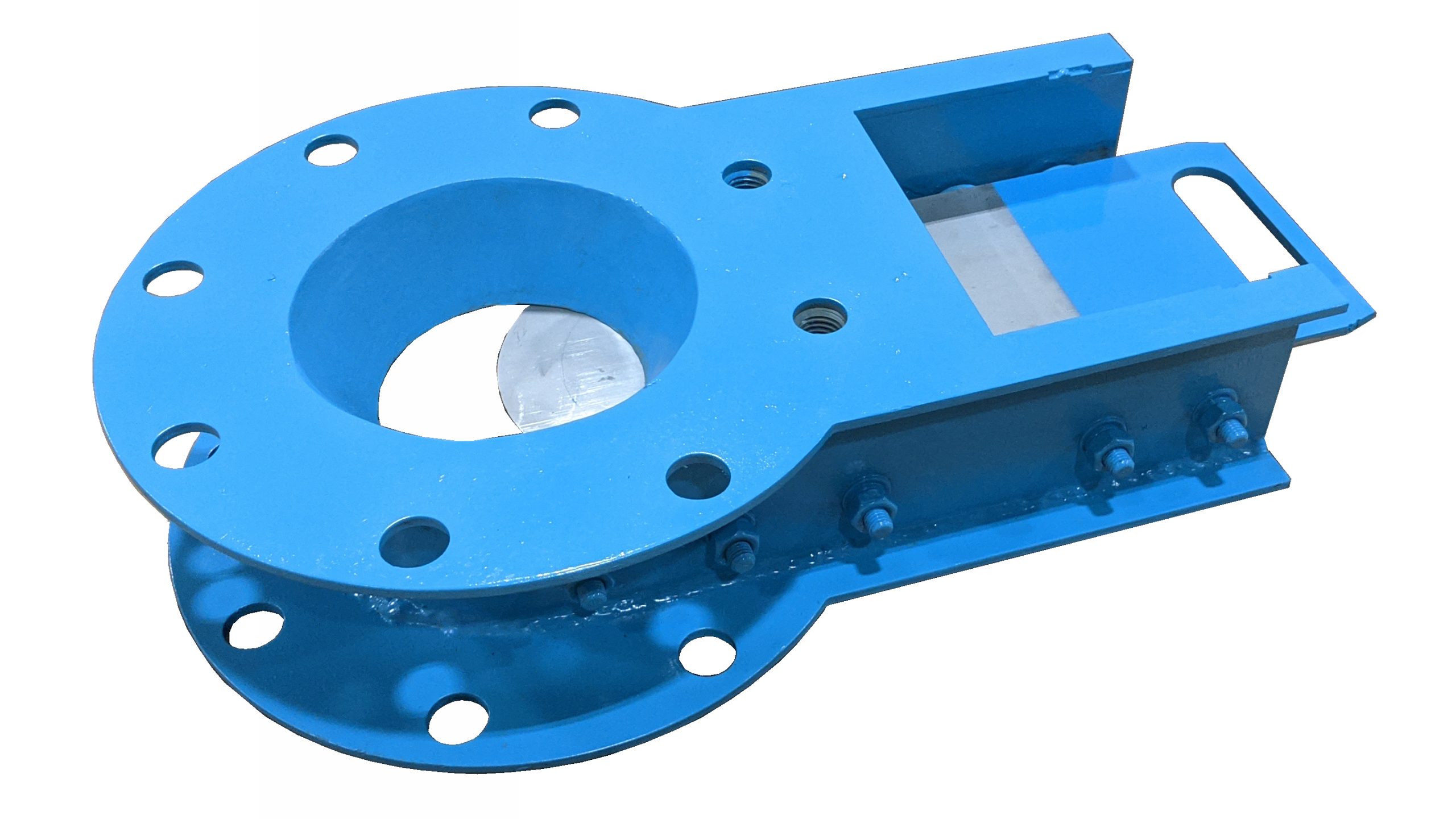Mastering Slide Valve Manufacture: Key Processes and Innovations
Slide valves are an essential component in various industries, from oil and gas to pharmaceuticals, and their manufacture requires precision engineering and advanced techniques. The UK, known for its rich history of engineering excellence, continues to lead in the innovation and production of high-quality slide valves. In this blog, we’ll explore the key processes involved in the manufacture of slide valves and the latest innovations driving the industry forward.
The Fundamentals of Slide Valve Manufacture
Slide valves, also known as sliding gate valves, control the flow of fluids by sliding a flat or shaped disc across the valve's orifice. This mechanism is favoured for its simplicity and reliability, making it a critical component in many industrial systems. The manufacturing process of slide valves involves several key steps:
-
Material Selection: The choice of material is paramount in slide valve manufacture. The valve must withstand the specific operating conditions, including pressure, temperature, and the nature of the fluid being controlled. Common materials include stainless steel, brass, and high-grade alloys. The material must also be resistant to corrosion, erosion, and wear, ensuring long-term functionality and safety.
-
Precision Machining: Once the material is selected, the valve components are precisely machined to exact specifications. This includes the valve body, slide disc, and sealing surfaces. Modern CNC (Computer Numerical Control) machines are often used to achieve the required precision, ensuring that each component fits together perfectly. This step is critical in minimizing leaks and ensuring smooth operation.
-
Surface Treatment: After machining, the components undergo surface treatments to enhance durability and performance. Treatments may include polishing, coating, or hardening processes to improve wear resistance and reduce friction. In some cases, advanced techniques like cryogenic treatment are employed to enhance the material properties further.
-
Assembly and Testing: The machined and treated components are then assembled with meticulous attention to detail. The assembly process must ensure that all components are aligned correctly and that the valve operates smoothly. Once assembled, the slide valve undergoes rigorous testing, including pressure tests, leak tests, and operational tests, to verify its performance under real-world conditions.
Innovations in Slide Valve Manufacture
The UK’s engineering sector is renowned for its continuous pursuit of innovation. In slide valve manufacture, several advancements have been made to enhance efficiency, performance, and sustainability.
-
3D Printing and Additive Manufacturing: One of the most significant innovations in recent years is the application of 3D printing technology in valve production. Additive manufacturing allows for the creation of complex geometries that were previously impossible with traditional machining. This technology not only speeds up the prototyping process but also enables the production of customised valves with unique features tailored to specific applications.
-
Advanced Materials: Research into advanced materials, such as ceramics and composite materials, has led to the development of slide valves that can operate under extreme conditions. These materials offer superior resistance to high temperatures, aggressive chemicals, and abrasion, extending the lifespan of the valves and reducing maintenance costs.
-
Smart Valves: The integration of sensors and IoT (Internet of Things) technology into slide valves is revolutionizing how these components are used in industrial processes. Smart valves can monitor their own condition, detect potential failures, and communicate with control systems to optimize performance. This innovation not only improves efficiency but also enhances safety by providing early warnings of potential issues.
-
Sustainable Manufacturing Practices: With the growing emphasis on sustainability, the slide valve manufacturing industry in the UK is adopting greener practices. This includes the use of recycled materials, energy-efficient production methods, and reducing waste through lean manufacturing principles. These practices not only reduce the environmental impact but also align with the increasing demand for sustainable products in global markets.
Conclusion
Mastering the manufacture of slide valves involves a combination of traditional engineering skills and cutting-edge technology. The UK continues to be at the forefront of this field, with companies embracing new materials, manufacturing techniques, and smart technologies to produce valves that meet the highest standards of performance and reliability.
As industries evolve and new challenges arise, the ability to innovate and adapt in slide valve manufacture will be crucial. The UK’s commitment to engineering excellence ensures that it remains a global leader in this vital sector, providing the world with high-quality, reliable slide valves that drive progress in countless applications.
Whether you’re in the market for slide valves or simply interested in the manufacturing process, understanding these key processes and innovations will give you a deeper appreciation of the engineering expertise involved in this essential component of modern industry.
For specialist advice and a no-obligation quotation, call IME on 02085996570 or email sales@imegroup.co.uk.

